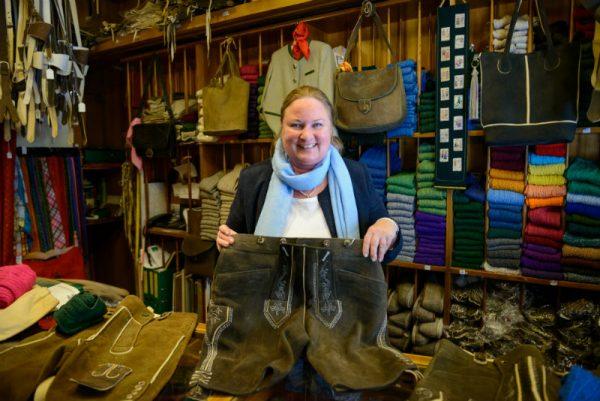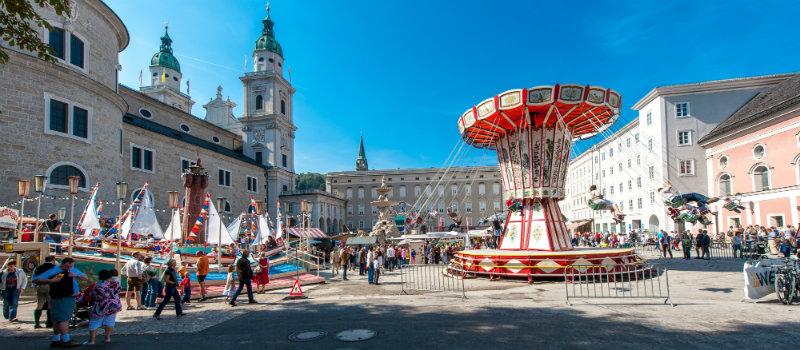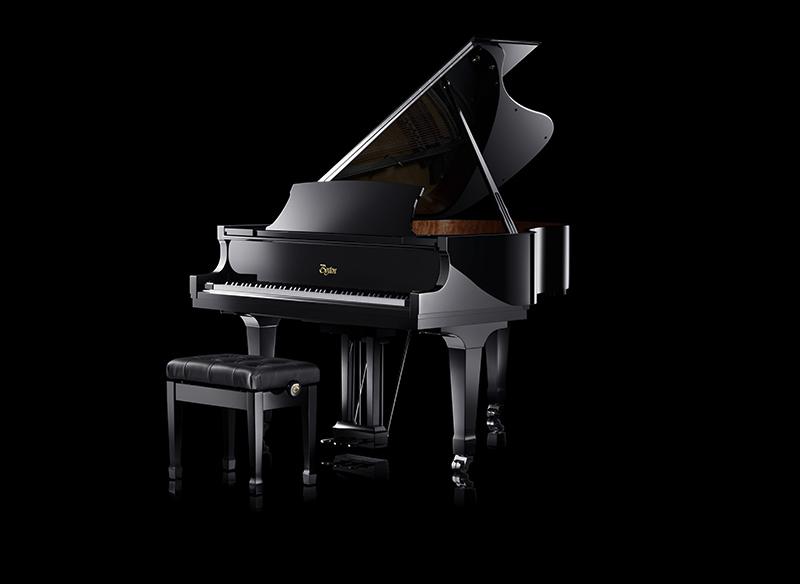With a healthy glow to her cheeks, Gabriele Jenner stands behind the counter eager to introduce us to Jahn-Markl, her Tracht (traditional Austrian dress) shop. The sign above the door symbolically states 1408. Salzburg’s oldest former tannery was founded over 600 years ago, around the time another of the city’s great passions began---the brewing of beer.

Courtesy of #visitsaltzburg




